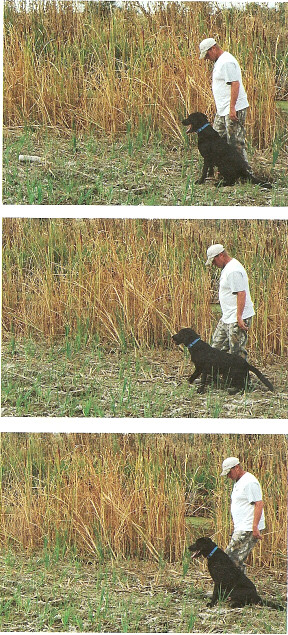Let’s face it, we all don’t have the time to walk with our dogs as often as we would like to. Even those that do have the time know that their dogs need freedom and space to roam, snoop, and play to their heart’s content. The problem is we want to keep our pups out of trouble and out of harm’s way. With pet containment systems and wireless dog fences you can do just that.
The time it takes to set up our best-selling pet containment system (PetSafe Wireless Instant Fence PIF 300) is minimal. You can plug the transmitter into any standard outlet and place it wherever you wish because the signal can be picked up through walls or other obstructions. It contains a dial so that you can adjust the area where the signal will be transmitted.
After plugging it in and setting the dial to the appropriate level, all you need to do is set up the perimeter around the given area (traditionally marked with small white flags). Next, place the collar on your dog and attach a leash. Begin walking your pet around the perimeter you have set up, point at the flags and tell the dog No when the beeping of the collar begins. Make sure that your pet is given the chance to hear the beeping signal indicating that he or she has gone too far. It will associate the beeping with your command of No. Once you have the hang of this, let the pet walk so that it can learn the correction on its own. In a quick manner, pull it back into the correct area and praise it for following orders. Continue to point and shake the flags, reiterating No when the command is not obeyed.
Repeat these steps every day for weeks and your pet(s) will learn to stay within the boundaries you have given them. After a month, you can slowly begin to remove the flags and they will continue to stay within the area they have learned to be appropriate for them to play in. Your dog’s health, happiness, safety, and your peace of mind will be well worth the investment.

